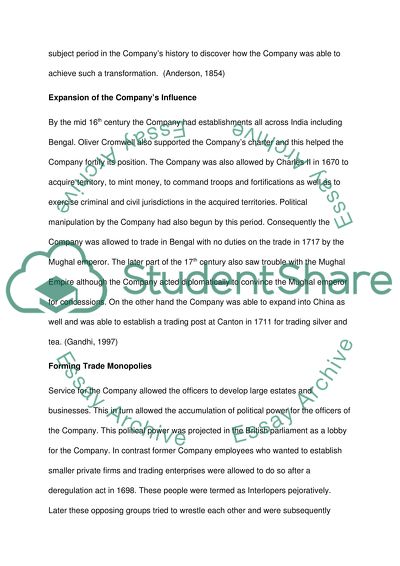Cite this document
(“The East India Company Research Paper Example | Topics and Well Written Essays - 3000 words”, n.d.)
Retrieved de https://studentshare.org/history/1391110-the-east-india-company
Retrieved de https://studentshare.org/history/1391110-the-east-india-company
(The East India Company Research Paper Example | Topics and Well Written Essays - 3000 Words)
https://studentshare.org/history/1391110-the-east-india-company.
https://studentshare.org/history/1391110-the-east-india-company.
“The East India Company Research Paper Example | Topics and Well Written Essays - 3000 Words”, n.d. https://studentshare.org/history/1391110-the-east-india-company.


